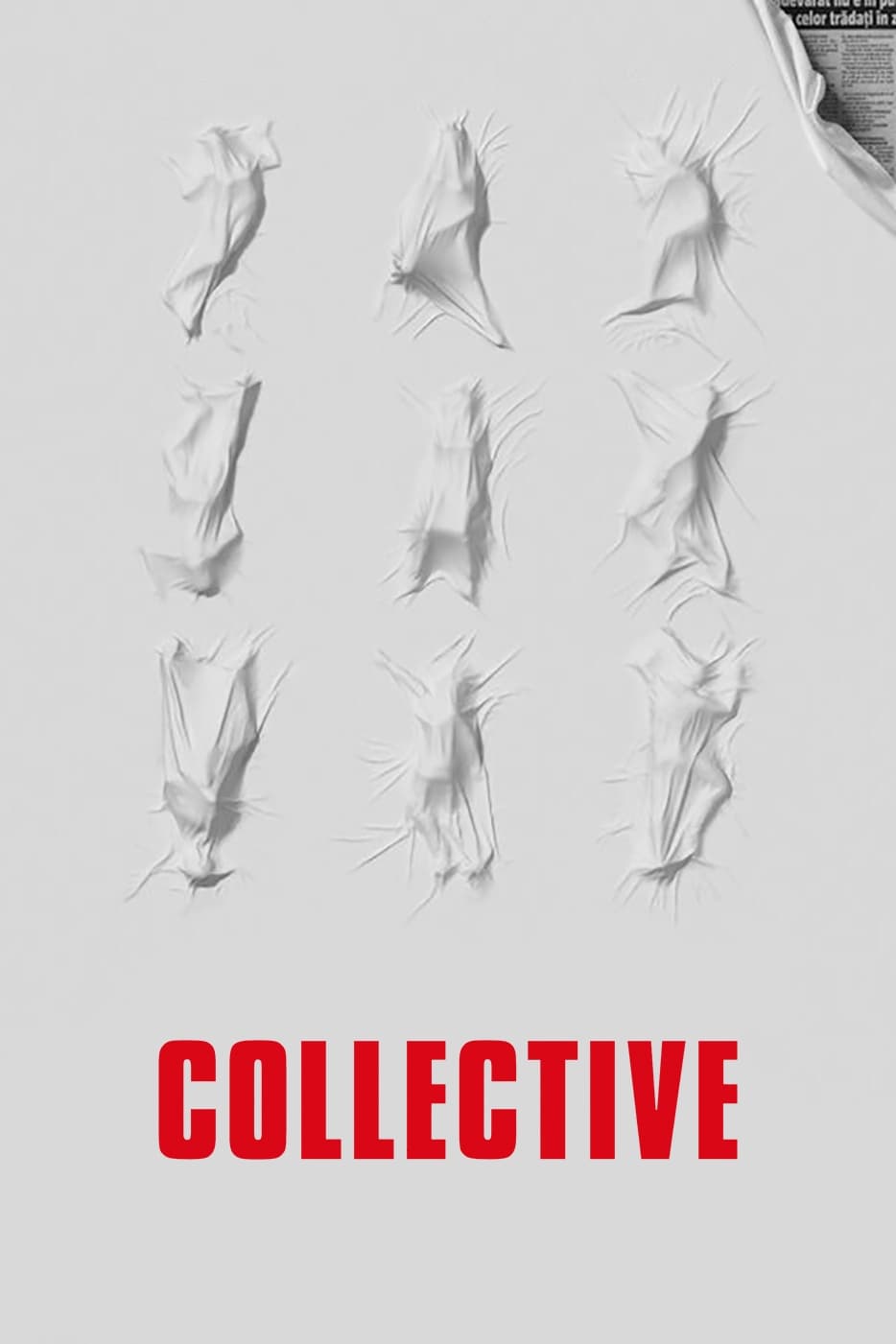The hallmark of a good documentary is interesting and emotional subject matter, well-assembled footage, and an invisible camera. This documentary succeeds on all levels.
It truly is an impressive collection of footage. The most private, emotional, and potentially dangerous conversations are captured with quality and care and, often, with multiple cameras. And not once, regardless of how emotional the moment or how dangerous the subject matter, does anyone shy away or appear self-conscious or even look at the camera. They are completely unaffected by cameras in the room, pointed at them, capturing every detail. How did they do that?
And it’s amazing how the crew was there to capture every one of these conversations. Didn’t any of them between journalists or politicians happen in private? It’s almost as if the crew followed everyone around 24 hours a day, or perhaps all the characters were asked to only communicate when the cameras were rolling. How did they do that?
Capturing all these little moments leads me to believe that editing was a bitch, with a LOT of footage to go through. I feel like they could have spliced out a bit more footage, as the only knock is that the film is a bit repetitive, and the story is a touch slow.
Vlad Voiculescu is the most interesting and most tragic character. He risked his life to take his anti-corruption political position, and risked it even more by emotionally expressing these viewpoints on camera. Did he get any death threats, like the journalists did?
In the end, the healthcare system in Romania is truly a sad situation, probably similar to many other second world countries.

 I'm a
I'm a
Recent Comments